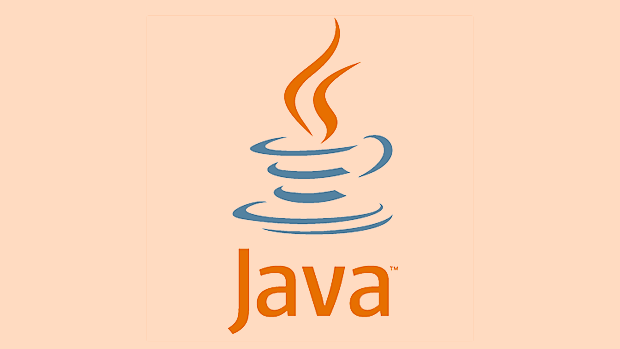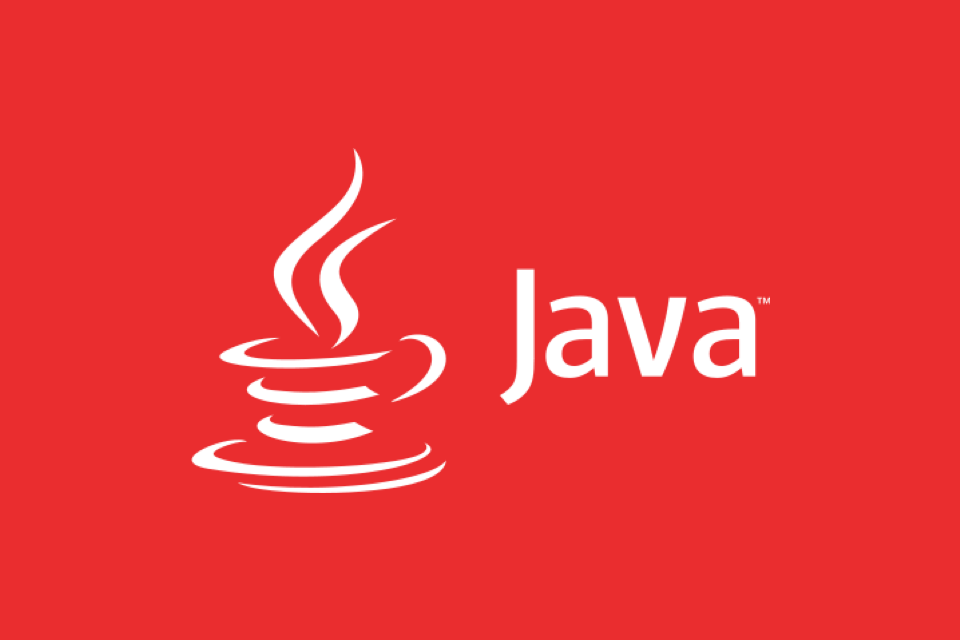Virtual Threads is a JVM-managed lightweight thread, which is low-cost to create and destroy, making Java applications easy to run hundreds of thousands of concurrent tasks. 1. They are scheduled through ForkJoinPool and submitted to the shared pool by default, and bound to OS threads to execute; 2. Automatically release the underlying threads when blocking to improve resource utilization; 3. Use collaborative scheduling and actively hand over CPU control when encountering operations such as I/O, sleep, etc.; 4. Custom scheduling strategies are not supported, and developers do not need to manage underlying details such as thread pool size; 5. It is recommended to avoid long-term CPU-intensive tasks, and it is recommended to be used in high-concurrency I/O scenarios such as web servers.

Virtual Threads in Java are an important part of Project Loom, aiming to simplify concurrent programming and improve throughput. It uses a lightweight scheduling mechanism to enable developers to easily create thousands of concurrent tasks without consuming a lot of resources like traditional platform threads.

What are Virtual Threads?
Virtual threads are lightweight threads managed by the JVM. Unlike operating system threads, they are very low-cost to create and destroy. A Java application can easily run hundreds of thousands of virtual threads without significant memory or performance overhead. This makes writing highly concurrent applications easier and more intuitive.
Execution model of virtual threads
Virtual threads in Java use ForkJoinPool to implement scheduling. By default, virtual threads are submitted to a shared ForkJoinPool, and this pool uses a fixed number of worker threads to run all virtual thread tasks.

- Each virtual thread is bound to an actual operating system thread (called carrier thread) when executed
- When a virtual thread is blocked (for example, performing I/O operations), the JVM will automatically uninstall it from the carrier thread and release the thread to run other virtual threads.
- This "non-blocking" behavior greatly improves resource utilization
For example: If you have 10,000 virtual threads making network requests, each thread will actively release the underlying thread while waiting for a response, so that the entire system can handle all tasks only with dozens of OS threads.
Core features of scheduling mechanism
The scheduling of virtual threads is automatically managed by the JVM, and developers do not need manual intervention. But understanding its scheduling method can help write more efficient code:

- Collaborative scheduling : Virtual threads will actively hand over CPU control when encountering blocking operations (such as I/O, sleep, and park).
- Preemptive scheduling is still the responsibility of the OS thread : Although virtual threads do not preempt each other, the underlying OS threads are still carried out according to the conventional thread scheduling method.
- Scheduling policies are not customizable : Currently, the JVM does not provide API to modify the scheduling policies, and all virtual threads are scheduled uniformly.
This means you don't need to care about thread pool size, task queues, etc., just focus on the business logic itself.
Suggestions and precautions for use
If you plan to use virtual threads in your project, here are a few practical suggestions:
- Try to avoid long-term CPU-intensive tasks in virtual threads, otherwise it will affect the overall throughput
- Don't try to assign dedicated OS threads to each virtual thread, which will lose its lightweight advantage
- If you need a custom scheduler, you can pass in your own ThreadScheduler instance (although it is not necessary in most scenarios)
for example:
try (var executor = Executors.newVirtualThreadPerTaskExecutor()) {
for (int i = 0; i < 10000; i ) {
executor.submit(() -> {
// Execute tasks, such as initiating HTTP requests or database queries});
}
}This method allows you to quickly build highly concurrent server applications, such as web servers, microservices, etc.
Basically that's it. Mastering the execution and scheduling methods of virtual threads can help you avoid detours when writing concurrent programs, and it is easier to realize the potential of modern hardware.
The above is the detailed content of Java Virtual Threads Scheduling and Execution Model. For more information, please follow other related articles on the PHP Chinese website!

Hot AI Tools

Undress AI Tool
Undress images for free

Undresser.AI Undress
AI-powered app for creating realistic nude photos

AI Clothes Remover
Online AI tool for removing clothes from photos.

Clothoff.io
AI clothes remover

Video Face Swap
Swap faces in any video effortlessly with our completely free AI face swap tool!

Hot Article

Hot Tools

Notepad++7.3.1
Easy-to-use and free code editor

SublimeText3 Chinese version
Chinese version, very easy to use

Zend Studio 13.0.1
Powerful PHP integrated development environment

Dreamweaver CS6
Visual web development tools

SublimeText3 Mac version
God-level code editing software (SublimeText3)

Hot Topics
 Difference between HashMap and Hashtable?
Jun 24, 2025 pm 09:41 PM
Difference between HashMap and Hashtable?
Jun 24, 2025 pm 09:41 PM
The difference between HashMap and Hashtable is mainly reflected in thread safety, null value support and performance. 1. In terms of thread safety, Hashtable is thread-safe, and its methods are mostly synchronous methods, while HashMap does not perform synchronization processing, which is not thread-safe; 2. In terms of null value support, HashMap allows one null key and multiple null values, while Hashtable does not allow null keys or values, otherwise a NullPointerException will be thrown; 3. In terms of performance, HashMap is more efficient because there is no synchronization mechanism, and Hashtable has a low locking performance for each operation. It is recommended to use ConcurrentHashMap instead.
 Why do we need wrapper classes?
Jun 28, 2025 am 01:01 AM
Why do we need wrapper classes?
Jun 28, 2025 am 01:01 AM
Java uses wrapper classes because basic data types cannot directly participate in object-oriented operations, and object forms are often required in actual needs; 1. Collection classes can only store objects, such as Lists use automatic boxing to store numerical values; 2. Generics do not support basic types, and packaging classes must be used as type parameters; 3. Packaging classes can represent null values ??to distinguish unset or missing data; 4. Packaging classes provide practical methods such as string conversion to facilitate data parsing and processing, so in scenarios where these characteristics are needed, packaging classes are indispensable.
 What are static methods in interfaces?
Jun 24, 2025 pm 10:57 PM
What are static methods in interfaces?
Jun 24, 2025 pm 10:57 PM
StaticmethodsininterfaceswereintroducedinJava8toallowutilityfunctionswithintheinterfaceitself.BeforeJava8,suchfunctionsrequiredseparatehelperclasses,leadingtodisorganizedcode.Now,staticmethodsprovidethreekeybenefits:1)theyenableutilitymethodsdirectly
 How does JIT compiler optimize code?
Jun 24, 2025 pm 10:45 PM
How does JIT compiler optimize code?
Jun 24, 2025 pm 10:45 PM
The JIT compiler optimizes code through four methods: method inline, hot spot detection and compilation, type speculation and devirtualization, and redundant operation elimination. 1. Method inline reduces call overhead and inserts frequently called small methods directly into the call; 2. Hot spot detection and high-frequency code execution and centrally optimize it to save resources; 3. Type speculation collects runtime type information to achieve devirtualization calls, improving efficiency; 4. Redundant operations eliminate useless calculations and inspections based on operational data deletion, enhancing performance.
 What is an instance initializer block?
Jun 25, 2025 pm 12:21 PM
What is an instance initializer block?
Jun 25, 2025 pm 12:21 PM
Instance initialization blocks are used in Java to run initialization logic when creating objects, which are executed before the constructor. It is suitable for scenarios where multiple constructors share initialization code, complex field initialization, or anonymous class initialization scenarios. Unlike static initialization blocks, it is executed every time it is instantiated, while static initialization blocks only run once when the class is loaded.
 What is the `final` keyword for variables?
Jun 24, 2025 pm 07:29 PM
What is the `final` keyword for variables?
Jun 24, 2025 pm 07:29 PM
InJava,thefinalkeywordpreventsavariable’svaluefrombeingchangedafterassignment,butitsbehaviordiffersforprimitivesandobjectreferences.Forprimitivevariables,finalmakesthevalueconstant,asinfinalintMAX_SPEED=100;wherereassignmentcausesanerror.Forobjectref
 What is the Factory pattern?
Jun 24, 2025 pm 11:29 PM
What is the Factory pattern?
Jun 24, 2025 pm 11:29 PM
Factory mode is used to encapsulate object creation logic, making the code more flexible, easy to maintain, and loosely coupled. The core answer is: by centrally managing object creation logic, hiding implementation details, and supporting the creation of multiple related objects. The specific description is as follows: the factory mode handes object creation to a special factory class or method for processing, avoiding the use of newClass() directly; it is suitable for scenarios where multiple types of related objects are created, creation logic may change, and implementation details need to be hidden; for example, in the payment processor, Stripe, PayPal and other instances are created through factories; its implementation includes the object returned by the factory class based on input parameters, and all objects realize a common interface; common variants include simple factories, factory methods and abstract factories, which are suitable for different complexities.
 What is type casting?
Jun 24, 2025 pm 11:09 PM
What is type casting?
Jun 24, 2025 pm 11:09 PM
There are two types of conversion: implicit and explicit. 1. Implicit conversion occurs automatically, such as converting int to double; 2. Explicit conversion requires manual operation, such as using (int)myDouble. A case where type conversion is required includes processing user input, mathematical operations, or passing different types of values ??between functions. Issues that need to be noted are: turning floating-point numbers into integers will truncate the fractional part, turning large types into small types may lead to data loss, and some languages ??do not allow direct conversion of specific types. A proper understanding of language conversion rules helps avoid errors.






